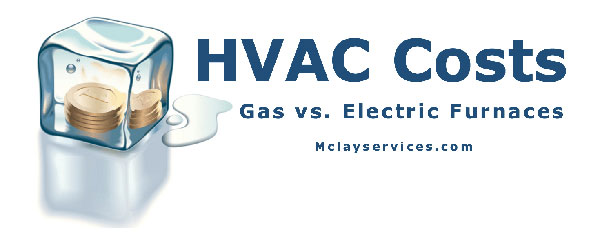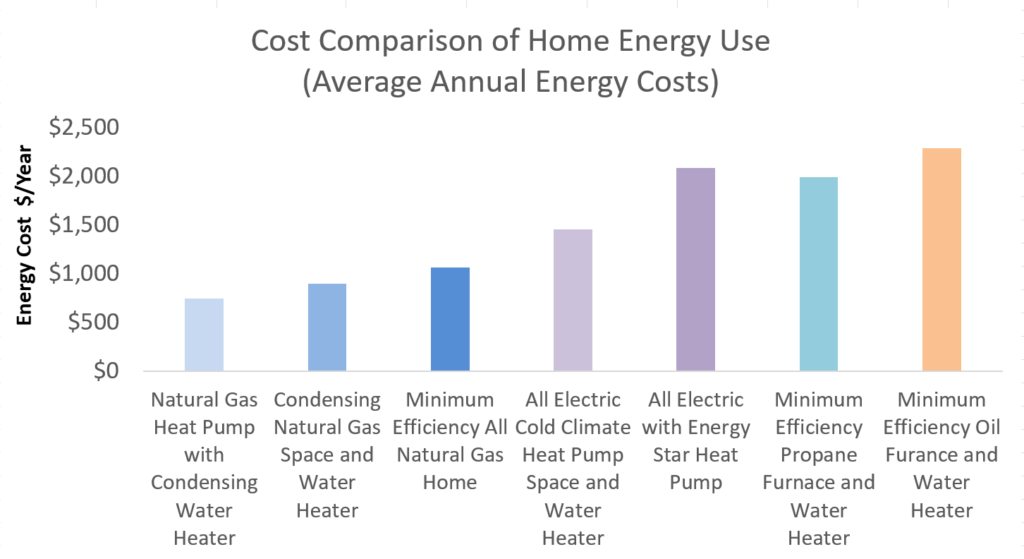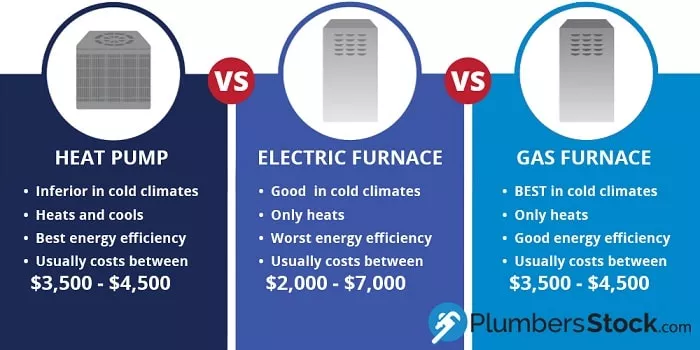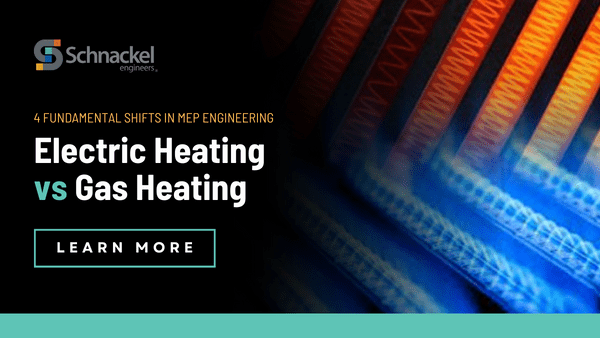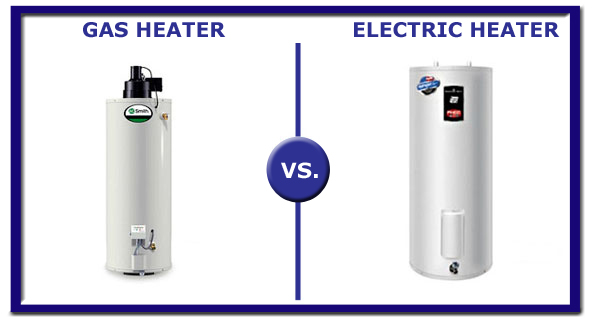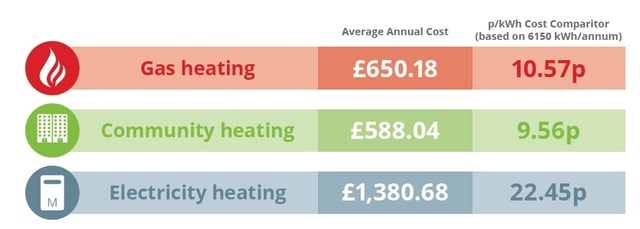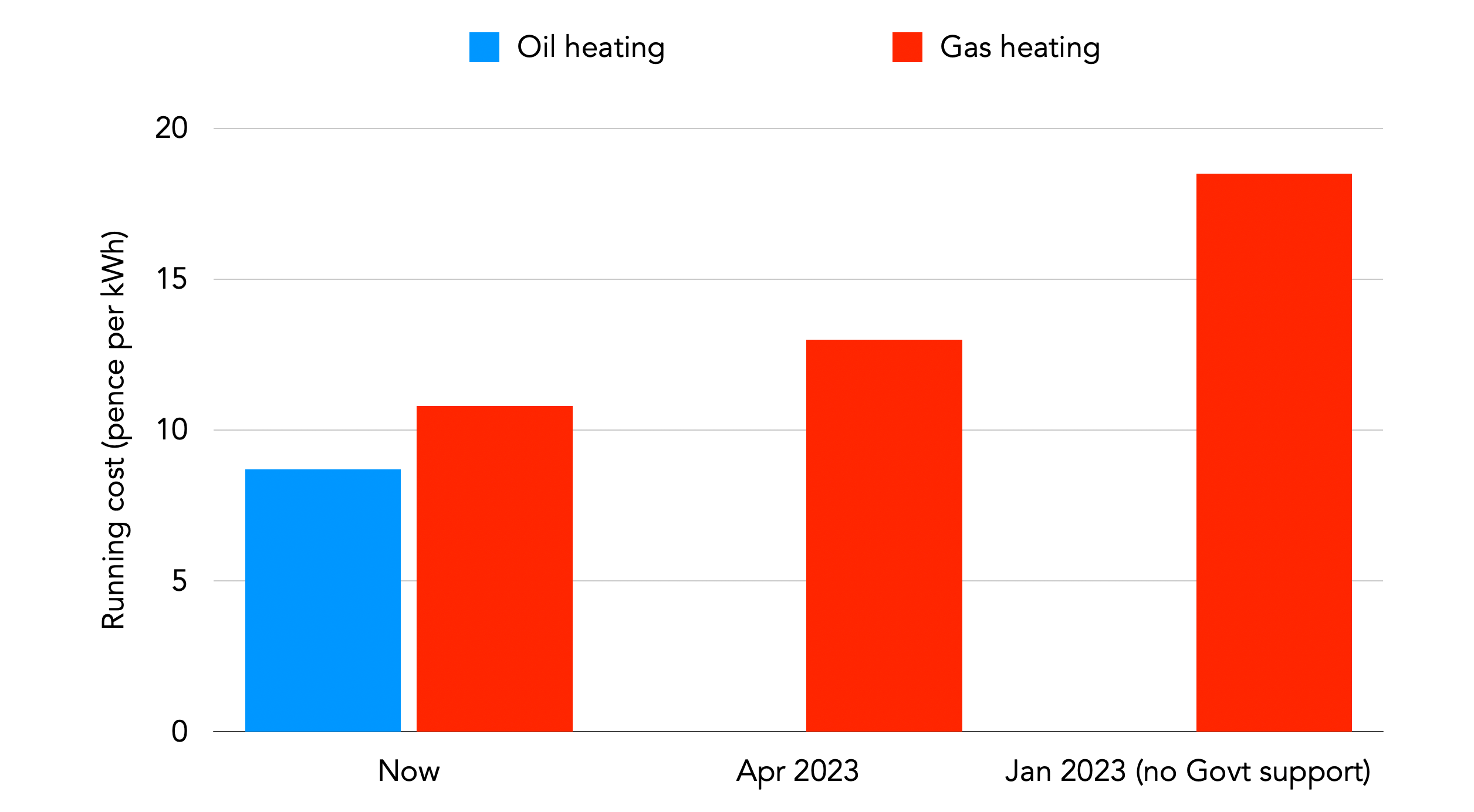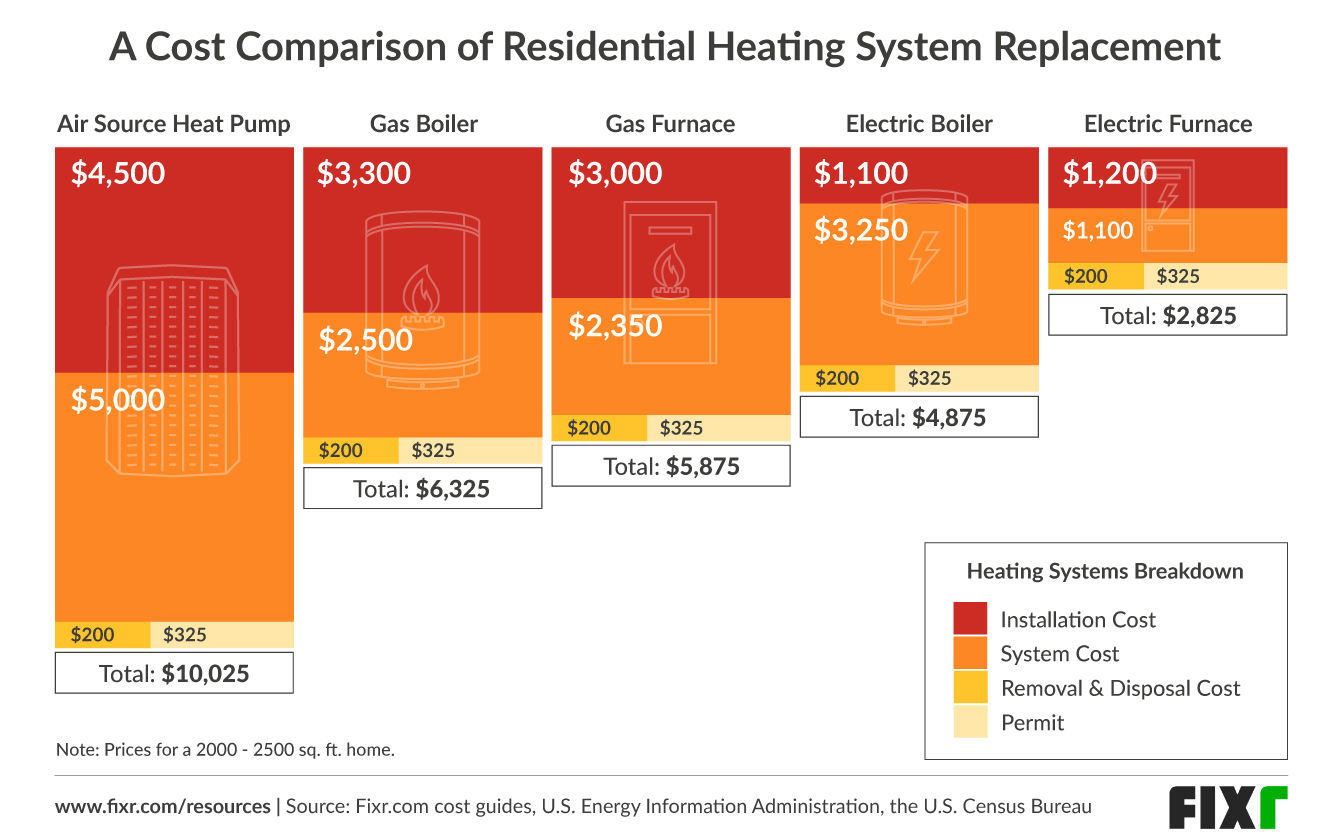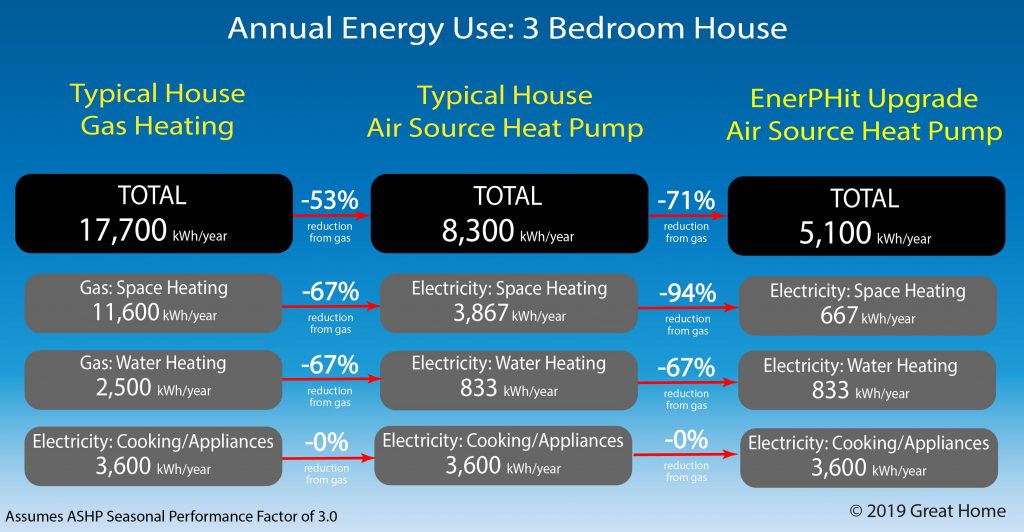Gas Heat Versus Electric Heat Cost

Gas Heat Versus Electric Heat: A Comprehensive Cost Analysis for HVAC Professionals and Consumers
Choosing the right heating system for a home or business is a significant decision, impacting both upfront costs and long-term operational expenses. For HVAC professionals, understanding the nuances of gas and electric heating is crucial for providing informed recommendations and quality service. This article provides a detailed comparison of gas and electric heat, analyzing cost factors, efficiency, environmental impact, and career opportunities within each sector.
Understanding the Fundamentals
Before diving into the cost comparison, it's essential to understand how each heating system operates:
- Gas Heat: Typically involves a furnace that burns natural gas or propane to generate heat. The heat is then distributed through ductwork via a blower fan. Gas furnaces are known for their ability to rapidly heat large spaces.
- Electric Heat: Encompasses various technologies, including electric resistance heaters (baseboard heaters, space heaters), heat pumps, and electric furnaces. Resistance heaters directly convert electricity into heat, while heat pumps transfer heat from the outside air (or ground) into the building.
Initial Investment: Equipment and Installation Costs
The initial cost of a heating system includes the price of the equipment and the installation labor. Generally, gas furnaces have a slightly higher upfront cost than electric resistance heaters. However, heat pumps, especially those with higher SEER and HSPF ratings, can be a more significant investment upfront.
Example: A mid-range natural gas furnace might cost between $3,000 and $6,000 installed, while an electric resistance heating system for the same space might cost $1,500 to $4,000. A heat pump system could range from $4,000 to $10,000 or more, depending on its efficiency and features.
Operating Costs: Fuel Prices and Efficiency
The long-term cost of heating depends heavily on the price of fuel (natural gas, propane, or electricity) and the system's efficiency. Efficiency is measured differently for each type of system:
- Gas Furnaces: Efficiency is measured by Annual Fuel Utilization Efficiency (AFUE). A higher AFUE rating indicates a more efficient furnace. Modern gas furnaces can achieve AFUE ratings of 90% or higher.
- Electric Resistance Heaters: These heaters are essentially 100% efficient in converting electricity to heat at the point of use, but electricity itself is often more expensive than natural gas.
- Heat Pumps: Efficiency is measured by Seasonal Energy Efficiency Ratio (SEER) for cooling and Heating Seasonal Performance Factor (HSPF) for heating. Higher SEER and HSPF ratings indicate greater efficiency. Heat pumps can achieve HSPF ratings of 8 or higher. Because they move heat rather than generate it, heat pumps can be significantly more energy-efficient than electric resistance heating, especially in moderate climates.
Real-World Cost Analysis: According to the U.S. Energy Information Administration (EIA), the average price of natural gas in the United States is typically lower than the average price of electricity per equivalent unit of energy. Therefore, in many regions, heating with a high-efficiency gas furnace can be more cost-effective than heating with electric resistance heaters. However, a high-efficiency heat pump, especially in milder climates, can often outperform both in terms of cost-effectiveness.
Consider regional variations in energy prices. Areas with abundant natural gas reserves often have lower gas prices, making gas heat more attractive. Conversely, areas with cheap hydroelectric power may find electric heat more competitive.
Maintenance and Repair Costs
Both gas and electric heating systems require regular maintenance to ensure optimal performance and longevity. Gas furnaces typically require annual inspections and cleaning by a qualified HVAC technician. This includes checking the burners, heat exchanger, and venting system. Electric resistance heaters require minimal maintenance, but heat pumps need regular coil cleaning and refrigerant checks.
Repair costs can vary. Gas furnaces may require repairs to components such as the gas valve, igniter, or blower motor. Heat pumps can experience issues with the compressor, reversing valve, or refrigerant leaks. The complexity of heat pump systems often leads to higher repair costs compared to electric resistance heaters.
Environmental Impact
The environmental impact of heating systems is a growing concern for consumers and policymakers alike. Gas furnaces produce greenhouse gas emissions, contributing to climate change. While modern high-efficiency furnaces reduce these emissions, they still rely on fossil fuels.
Electric heating systems have a more complex environmental footprint. Electric resistance heaters themselves produce no direct emissions, but the electricity used to power them may be generated from fossil fuels at a power plant. Heat pumps, because of their efficiency, reduce the overall demand for electricity, but their environmental impact still depends on the energy source used to generate that electricity.
The trend towards renewable energy sources, such as solar and wind power, is making electric heating systems increasingly environmentally friendly. As the grid becomes cleaner, electric heat's environmental advantage will grow.
Career Opportunities in Gas and Electric Heating
The HVAC industry offers diverse career paths for individuals with skills in gas and electric heating systems. Here's a look at potential roles and responsibilities:
- HVAC Technicians: Install, maintain, and repair heating, ventilation, and air conditioning systems. They must be proficient in both gas and electric systems, but many technicians specialize in one area.
- HVAC Installers: Focus on the installation of new heating and cooling systems. They need to be familiar with building codes, wiring diagrams, and piping techniques.
- HVAC Service Technicians: Specialize in diagnosing and repairing malfunctioning HVAC systems. They require strong troubleshooting skills and a thorough understanding of system components.
- HVAC Sales Engineers: Work with clients to design and specify heating and cooling systems for commercial and industrial buildings. They need to be knowledgeable about energy efficiency, building codes, and system performance.
Certification and Training: Employers highly value certified technicians. Key certifications include:
- NATE (North American Technician Excellence): A leading certification for HVAC technicians, demonstrating competence in specific areas of HVAC.
- EPA Section 608 Certification: Required for technicians who handle refrigerants, essential for working on heat pump systems.
- State and Local Licensing: Many states and municipalities require HVAC technicians to be licensed, which often involves passing an exam and completing apprenticeship hours.
Salary Ranges: The median annual wage for HVAC mechanics and installers was $51,390 in May 2021, according to the Bureau of Labor Statistics. The top 10 percent earned more than $81,600. Salaries vary depending on experience, location, and certifications. Skilled technicians with specialized knowledge, such as heat pump repair or advanced gas furnace diagnostics, can command higher salaries.
Job Outlook: The job outlook for HVAC mechanics and installers is projected to grow 5 percent from 2021 to 2031, about average for all occupations. Demand for HVAC services is driven by new construction, renovations, and the need to replace aging equipment.
The Rise of Heat Pumps and Electrification
The trend towards electrification, driven by environmental concerns and advancements in heat pump technology, is reshaping the HVAC industry. Governments and utilities are offering incentives to encourage the adoption of heat pumps, and manufacturers are developing more efficient and versatile models. This trend creates new opportunities for HVAC professionals with expertise in heat pump installation, maintenance, and repair.
Example: Companies like Carrier, Trane, and Mitsubishi Electric are investing heavily in heat pump research and development, producing systems that can perform efficiently even in cold climates. This expansion opens doors for technicians skilled in advanced controls and diagnostics specific to these systems.
Making Informed Decisions
The choice between gas and electric heat is not always straightforward. Factors such as climate, fuel prices, building characteristics, and environmental priorities all play a role. HVAC professionals must be able to analyze these factors and provide clients with customized recommendations.
Here's a framework for making informed decisions:
- Assess the Climate: Heat pumps are generally more efficient in moderate climates with mild winters. In colder climates, supplemental heating may be required.
- Compare Fuel Prices: Obtain current prices for natural gas, propane, and electricity in the area. Use online calculators to estimate the annual operating costs of different heating systems.
- Evaluate Building Characteristics: Consider the building's insulation levels, air leakage, and ductwork (if any). Older, poorly insulated buildings may benefit more from the rapid heating of a gas furnace.
- Consider Environmental Priorities: If reducing carbon emissions is a primary goal, electric heating powered by renewable energy sources may be the best option.
- Seek Professional Advice: Consult with a qualified HVAC contractor to get a personalized assessment and recommendations.
Conclusion: Adapting to a Changing Landscape
The HVAC industry is constantly evolving, with new technologies and regulations emerging regularly. For HVAC professionals, staying informed about the latest trends and best practices is essential for success. Understanding the cost factors, efficiency considerations, and environmental impacts of gas and electric heating systems is crucial for providing clients with valuable service and building a sustainable career. Embracing new technologies like heat pumps and investing in certifications will be crucial for future HVAC professionals. Continuous learning and professional development are key to thriving in this dynamic field.
